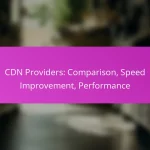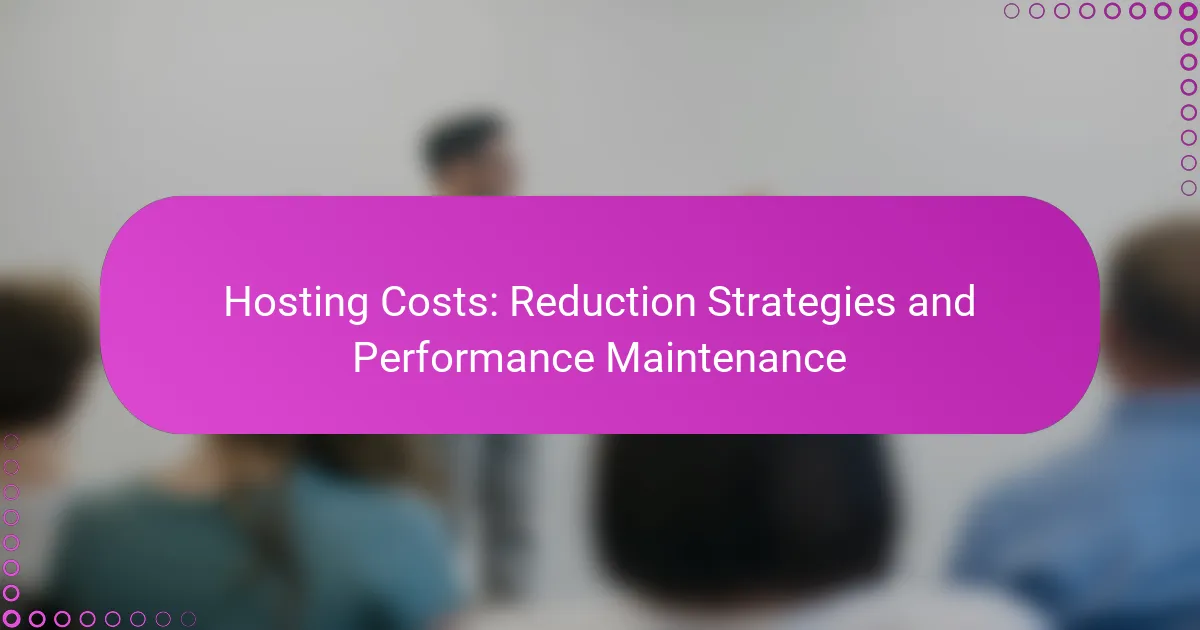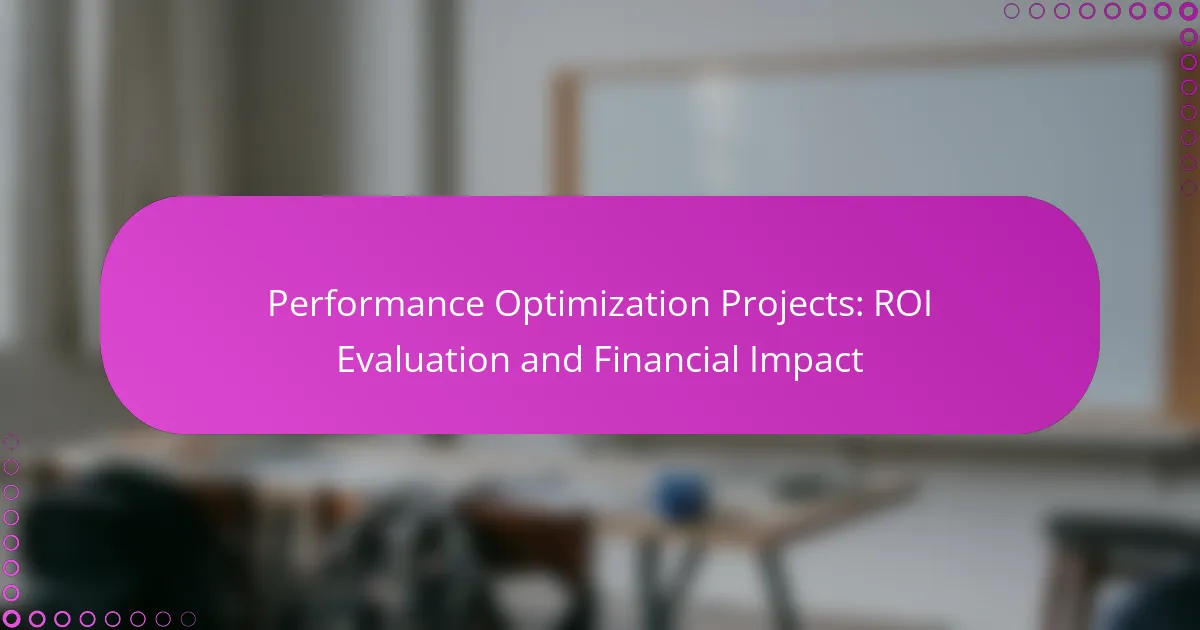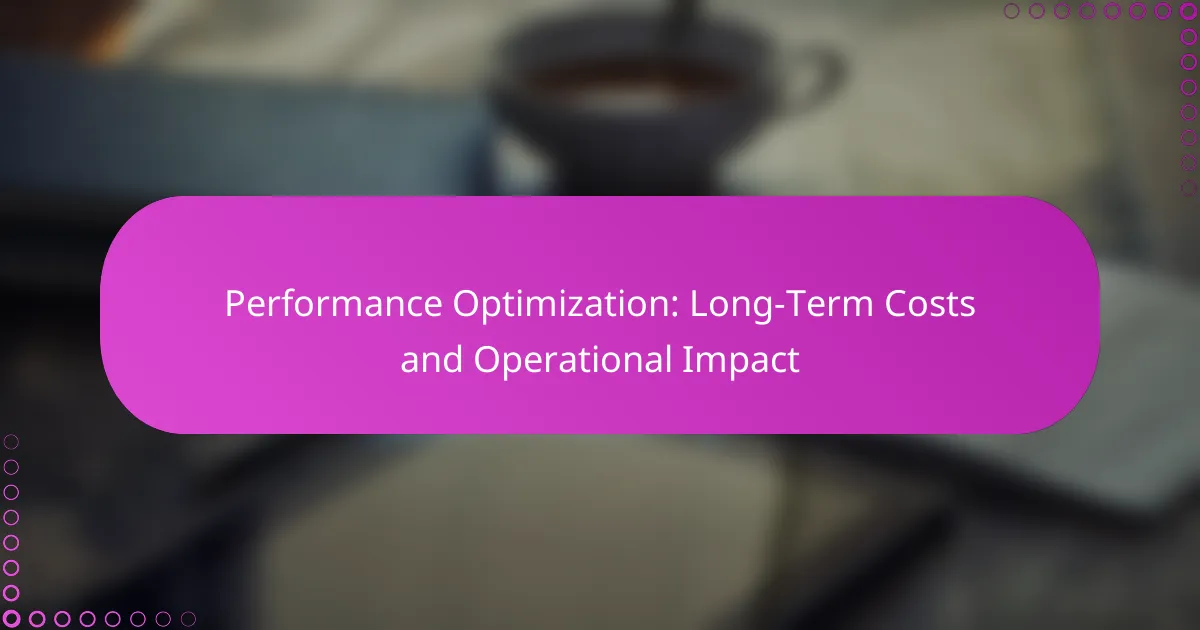Reducing hosting costs while maintaining performance is essential for businesses looking to optimize their online presence. By exploring flexible hosting options, optimizing resource usage, and negotiating with providers, significant savings can be achieved. Additionally, implementing proactive performance maintenance strategies, such as regular updates and monitoring, ensures a reliable and efficient hosting environment.

How can I reduce hosting costs in the United States?
To reduce hosting costs in the United States, consider switching to more flexible hosting options, optimizing resource usage, and negotiating better deals with your providers. Implementing these strategies can lead to significant savings while maintaining performance.
Utilize cloud hosting services
Cloud hosting services allow you to pay only for the resources you use, which can significantly lower costs compared to traditional hosting. Providers like Amazon Web Services, Google Cloud, and Microsoft Azure offer scalable solutions that adjust to your needs.
Consider starting with a pay-as-you-go model, which can be beneficial for businesses with fluctuating traffic. This approach helps avoid overpaying for unused resources during low-traffic periods.
Implement resource scaling
Resource scaling involves adjusting your server resources based on current demand, which can help manage costs effectively. Automatic scaling features allow your hosting environment to increase or decrease resources in real-time, ensuring you only pay for what you need.
For example, during peak traffic times, your server can automatically allocate more resources, while during off-peak times, it can scale back. This dynamic approach can lead to substantial savings without sacrificing performance.
Negotiate with providers
Negotiating with your hosting provider can lead to better pricing or additional services at no extra cost. Many providers are open to discussions, especially if you are a long-term customer or considering switching to a competitor.
Prepare to discuss your current usage, future needs, and any competitive offers you have received. This information can strengthen your position and potentially lead to discounts or improved service terms.
Optimize server configurations
Optimizing your server configurations can enhance performance and reduce costs. This includes selecting the right server type, configuring caching options, and minimizing resource-heavy applications.
Regularly review your server settings and remove unnecessary applications or services that consume resources. Simple adjustments can lead to improved efficiency and lower monthly bills.
Leverage content delivery networks
Content Delivery Networks (CDNs) distribute your website’s content across multiple servers worldwide, reducing the load on your primary server. This can lead to faster load times and lower bandwidth costs, especially for high-traffic sites.
Using a CDN can also improve user experience, which may lead to increased traffic and revenue. Many CDN providers offer competitive pricing, making it a cost-effective solution for enhancing performance while managing expenses.

What are the best practices for performance maintenance?
Effective performance maintenance involves a series of proactive strategies that ensure your hosting environment operates efficiently. By focusing on regular updates, monitoring, caching, and security, you can significantly enhance performance and reduce downtime.
Regularly update software
Keeping your software up to date is crucial for maintaining optimal performance. Regular updates not only introduce new features but also fix bugs and security vulnerabilities that can slow down your system.
Establish a routine schedule for updates, ideally monthly or quarterly, depending on the software’s release cycle. Always back up your data before applying updates to avoid potential issues.
Monitor server performance
Continuous monitoring of server performance helps identify bottlenecks and resource issues before they escalate. Utilize tools that track metrics such as CPU usage, memory consumption, and response times.
Set thresholds for alerts to notify you of any performance degradation. Regularly review these metrics to understand usage patterns and make informed decisions about scaling resources as needed.
Implement caching strategies
Caching can significantly improve load times and reduce server strain by storing frequently accessed data. Consider using both server-side and client-side caching techniques to optimize performance.
Popular caching solutions include Redis and Memcached for server-side caching, while browser caching can be managed through HTTP headers. Test different caching strategies to find the best fit for your specific application needs.
Conduct security audits
Regular security audits are essential for maintaining performance and protecting your hosting environment. Vulnerabilities can lead to performance issues, so identifying and addressing them proactively is key.
Schedule audits at least biannually and utilize automated tools alongside manual checks. Focus on areas such as firewall configurations, access controls, and outdated plugins to ensure your system remains secure and efficient.

How does server location impact hosting costs?
The location of a server significantly affects hosting costs due to variations in regional pricing, taxes, and infrastructure expenses. Choosing a server in a country with lower operational costs can lead to savings, while also considering the impact on performance and latency.
Regional pricing differences
Hosting providers often adjust their pricing based on the server’s geographical location. For instance, countries in Eastern Europe may offer lower rates compared to Western Europe or North America, primarily due to differences in labor costs and local demand. It’s essential to compare prices across regions to identify potential savings.
Additionally, consider local taxes and regulations that might affect overall costs. Some countries may impose higher VAT or other fees that can increase the total expense of hosting services.
Latency and performance considerations
Server location directly influences latency, which is the time it takes for data to travel between the server and the user. A server located closer to your target audience generally results in lower latency, enhancing website performance and user experience. Aim for a server location within low tens of milliseconds of your primary user base.
Balancing cost and performance is crucial. While cheaper hosting options may be available in distant regions, the potential increase in latency can negate the savings. Test different server locations to find the optimal balance between cost and performance for your specific needs.

What factors should I consider when choosing a hosting provider?
When selecting a hosting provider, consider pricing, customer support, scalability, and reputation. These factors significantly impact your website’s performance, reliability, and overall cost-effectiveness.
Pricing models and plans
Evaluate the different pricing models offered by hosting providers, such as shared, VPS, dedicated, and cloud hosting. Shared hosting is often the most affordable, typically ranging from $3 to $10 per month, while dedicated servers can cost upwards of $100 monthly.
Look for transparent pricing structures without hidden fees. Some providers offer promotional rates for the first term, which may increase significantly upon renewal, so be sure to check long-term costs.
Customer support quality
High-quality customer support is crucial for resolving issues quickly. Check if the provider offers 24/7 support via multiple channels, such as live chat, phone, and email.
Read reviews to gauge the responsiveness and helpfulness of the support team. A provider with a solid reputation for customer service can save you time and frustration during critical situations.
Scalability options
Scalability is essential for accommodating growth. Choose a hosting provider that allows you to easily upgrade your plan or resources as your website traffic increases.
Look for options like automatic scaling in cloud hosting or the ability to switch from shared to VPS hosting without significant downtime. This flexibility can help you manage costs effectively while ensuring performance remains optimal.
Reputation and reviews
Research the reputation of hosting providers through online reviews and testimonials. Websites like Trustpilot or G2 can provide insights into user experiences and satisfaction levels.
Pay attention to common themes in reviews, such as uptime reliability, customer service quality, and performance. A provider with consistently positive feedback is likely to deliver a better hosting experience.

How can I assess the ROI of my hosting expenses?
To assess the ROI of your hosting expenses, evaluate the total costs against the benefits your hosting solution provides. This includes not only direct costs but also performance, reliability, and potential revenue impacts.
Calculate total cost of ownership
Total cost of ownership (TCO) encompasses all expenses related to hosting, including setup fees, monthly charges, maintenance, and any additional services. Consider both fixed costs, like server fees, and variable costs, such as bandwidth usage.
To calculate TCO, compile a list of all expenses over a defined period, typically one year. For example, if your monthly hosting fee is $100, plus $50 for backups and $30 for security, your annual TCO would be $1,560.
Analyze performance metrics
Performance metrics are crucial for understanding the effectiveness of your hosting solution. Key indicators include uptime percentage, page load speed, and server response times. Aim for an uptime of at least 99.9% and a page load time under 2 seconds for optimal user experience.
Regularly monitor these metrics using tools like Google Analytics or server monitoring software. This data can help you identify trends and make informed decisions about whether to maintain or change your hosting provider.

What are the emerging trends in hosting solutions?
Emerging trends in hosting solutions focus on enhancing efficiency, scalability, and cost-effectiveness. Innovations such as serverless architecture and containerization are gaining traction, allowing businesses to optimize their hosting environments while reducing operational costs.
Adoption of serverless architecture
Serverless architecture allows developers to build and run applications without managing server infrastructure. This model automatically scales resources based on demand, which can significantly lower costs for businesses that experience variable workloads.
When adopting serverless solutions, consider the pricing model, which typically charges based on execution time and resource consumption. This can lead to substantial savings, especially for applications with sporadic usage patterns. However, it’s essential to evaluate vendor lock-in risks and ensure that your application architecture is compatible with serverless principles.
Common pitfalls include underestimating the complexity of migrating existing applications to a serverless model. To avoid issues, start with smaller, less critical applications to test the waters and gradually scale up as you gain experience. Additionally, monitor performance metrics closely to ensure that the serverless solution meets your operational needs.










